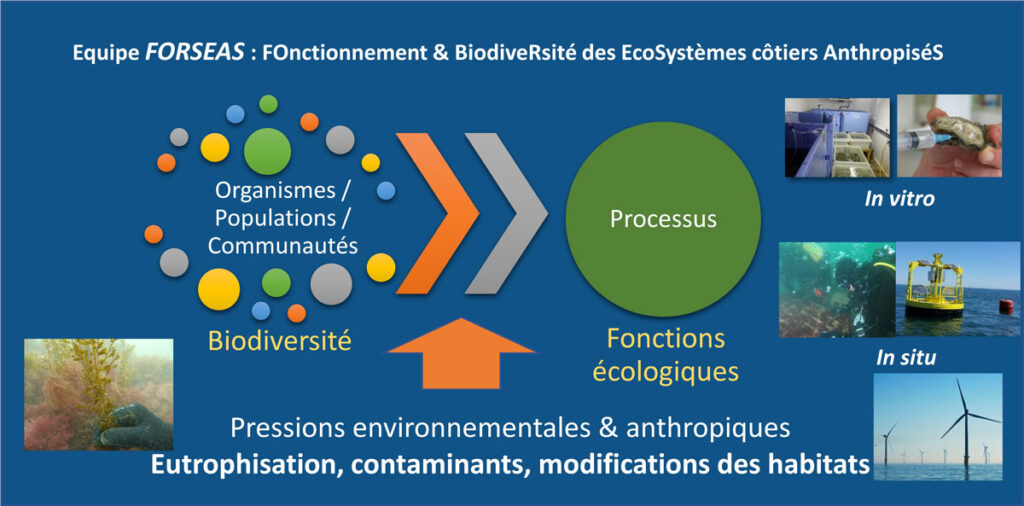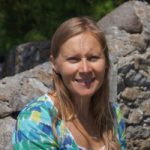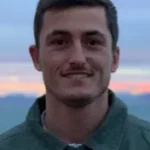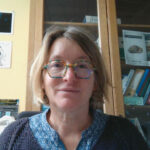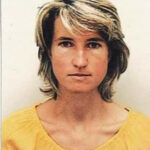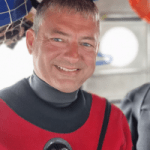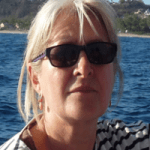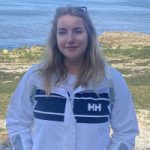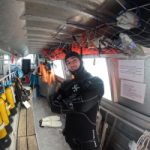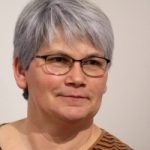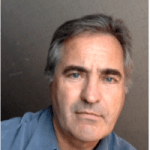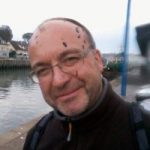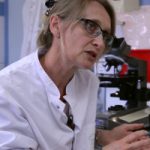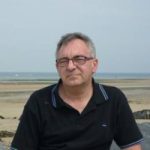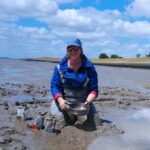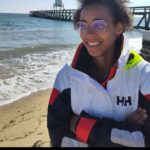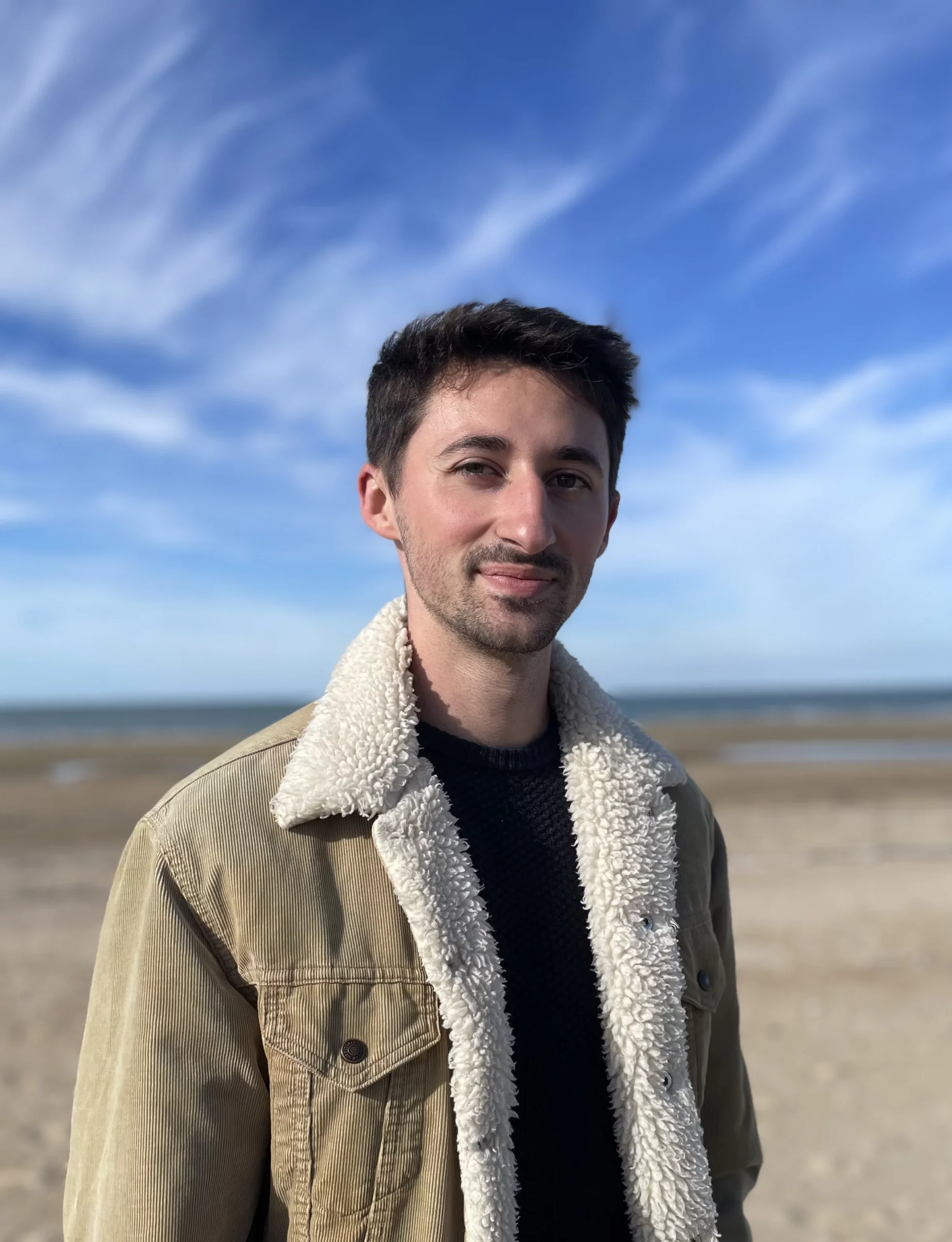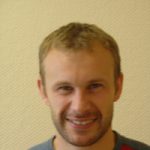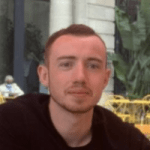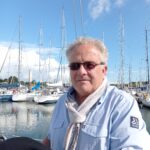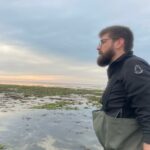FORSEAS
Biodiversity and Functioning of coastal ecosystems, Anthropogenic
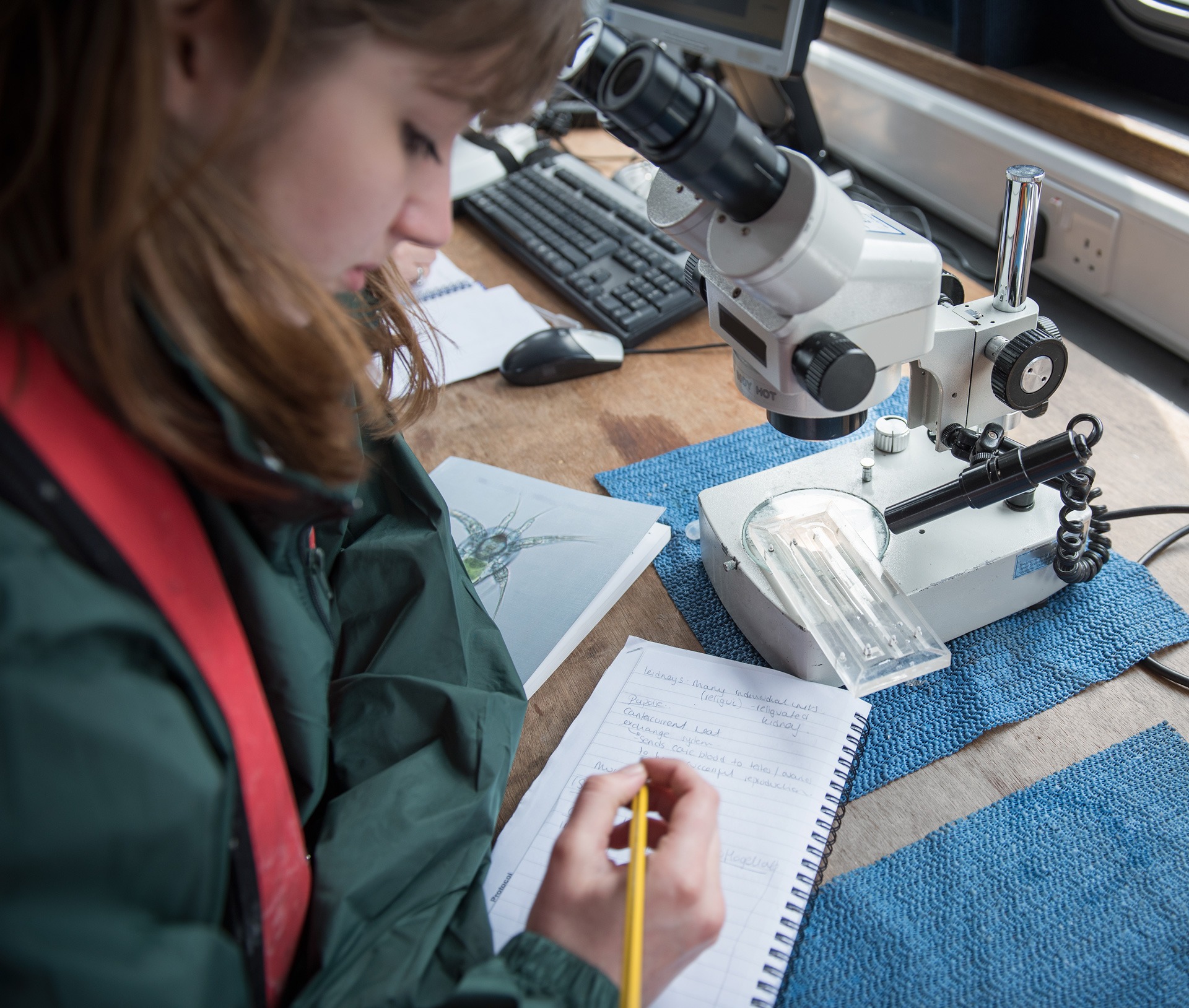
Faculty
- Clothilde BERTHELIN, Assistant Professor, MERSEA, PHAREclothilde.berthelin@-Code to remove to avoid SPAM-unicaen.fr, +33 2 31 56 51 14
- Christelle CAPLAT, Assistant Professor, FORSEAS, MERSEAchristelle.caplat@-Code to remove to avoid SPAM-unicaen.fr, +33 2 31 56 52 97
- Natacha CLAIRET, Doctoral student, , MERSEA, PHAREnatacha.clairet@-Code to remove to avoid SPAM-unicaen.fr
- Pascal CLAQUIN, Professor, FORSEAS, MERSEApascal.claquin@-Code to remove to avoid SPAM-unicaen.fr, +33 2 31 36 22 33
- Lise DELATTE, Doctoral student, , FORSEAS, MERSEAlise.delatte@-Code to remove to avoid SPAM-unicaen.fr
- Nathan MORANDI, Doctoral Student, , MERSEA, PHAREnathan.morandi@-Code to remove to avoid SPAM-etu.unicaen.fr
General theme
The FORSEAS team focuses on the coastal ecosystem of the English Channel, which is characterized by varying degrees of anthropogenic pressure—particularly in areas like the Bay of Seine that are heavily impacted by human activities. The team’s research addresses several key issues related to anthropogenic influence, including eutrophication, contamination, and habitat modification, particularly in the context of offshore wind farm development.
Projects cover both pelagic and benthic compartments and span levels of biological organization from individuals to populations and community dynamics. Our work examines the effects of human activities and climate change on biodiversity and marine organisms, focusing on their acclimation capacity and the resulting impacts on ecosystems and biological resources. We study how contaminants such as pesticides and metals affect various marine species, and how eutrophication influences primary producers—both micro- and macroalgae.
In parallel, the team is involved in ecological restoration initiatives, such as the restoration of mudflats in the Seine estuary, and bioremediation projects using macroalgae. All approaches are coordinated within the team to address key challenges linked to habitat modification, particularly in the context of increasing coastal ecosystem artificialization in the English Channel. These efforts leverage the facilities of the Luc-sur-Mer Marine Station (CREC) of the University of Caen Normandie, analytical platforms from the EMERDODE technical unit, national observation services (e.g., IR ILICO), and a range of regional, national, and European projects.
This ecosystem-scale research on Normandy’s coasts enables us to respond to pressing societal concerns related to climate change, fisheries, aquaculture, invasive species, and more.
The team also develops research partnerships in the Caribbean with the University of the French Antilles, addressing issues related to Sargassum blooms, eutrophication, and photobiology.
Areas of research
The team conducts research focused on three major anthropogenic pressures—contaminants, eutrophication, and habitat alteration—within the broader context of climate change. Two overarching questions guide this work:
What are the acclimation capacities of organisms and populations exposed to various environmental stressors?
What are the effects of these pressures on fundamental ecosystem processes and on biological resources?
Specifically, our research addresses:
Responses of organisms and populations to contaminants
We study the responses to pressures related to chemical contaminants (e.g., pesticides, adjuvants, metals, microplastics) using a variety of biological models such as mollusks (bivalves and cephalopods), microalgae, echinoderms (sea urchins), and elasmobranchs, focusing on both native and potentially invasive introduced species. These studies, conducted under controlled laboratory conditions, allow us to assess acute and chronic effects under single and/or multiple stress conditions (e.g., combined with environmental variations such as pH and temperature) across different life stages. We also investigate the impact of temperature and salinity on the physiology of a model elasmobranch species.
In parallel, we apply an in situ approach through the study of natural populations and/or transplanted organisms in impacted environments (active biomonitoring). We focus on life history traits and molecular and cellular mechanisms related to organismal defense and physiological state (e.g., immunity, reproduction, metabolism). Beyond physiological effects, we also consider the transfer of contaminants through trophic networks.
Responses of organisms and communities to eutrophication
Eutrophication—particularly imbalanced nitrogen-to-phosphorus (N/P) nutrient inputs—is studied across various compartments of primary producers (phytoplankton, microphytobenthos, macroalgae). Our expertise in nitrogen source characterization, combined with ecophysiological and ecological approaches, enables us to:
Assess the impact of nutrient inputs on community structure and primary productivity;
Develop scenarios and trajectories based on nutrient input variation driven by climate change and/or public policies.
This research is supported by strong competencies in photobiology and integrates multi-scale biological, temporal, and spatial analyses using innovative methodologies.
These functional studies are also applied to macroalgal-based bioremediation (N and P reduction), contributing to the development of sustainable integrated aquaculture in Normandy.
Responses of populations and communities to habitat alteration
The highly anthropized systems we study are shaped by significant gradients of human impact due to fishing, maritime infrastructures (e.g., port extensions, riprap, offshore wind farms), erosion of mudflats and shorelines, and seabed disturbance.
Over recent years, various projects led by our Caen-based team have addressed these issues along the Normandy coastline (e.g., Interreg COCKLES and CEPHS&CHEFS, GIP SA PHARESEE, Interreg MARINEFF). These projects have provided opportunities to assess the effects of substrate property changes on biodiversity and system productivity under increasing anthropogenic pressure. This has led to the development of ambitious initiatives involving eco-designed infrastructure and ecosystem restoration, and contributes to improved marine spatial planning through spatialized ecological studies.
Our team’s expertise in ecological restoration is exemplified in the EVEREST project, which focuses on restoring intertidal mudflats in the Seine estuary, targeting key ecological functions of these systems.
This research is underpinned by strong modeling capabilities, which enable us to better understand the regulation of hydro-sedimentary and biogeochemical processes driven by benthic activity.
The team leads and work around the three forcings from anthropogenic major contaminants, eutrophication, and habitat changes, in the context of climate change. Two general questions can be released :
What are the capacities of acclimation of organisms and populations subjected to different environmental pressures ?
What are the effects of these forcings on the fundamental processes in the functioning of these ecosystems and biological resources ?
concretely, we are working on :
- The responses of organisms and populations in the face of the contaminants
The responses to the pressures related to chemical contaminants (e.g. pesticides, additives, metals, microplastics) are studied on different biological models such as molluscs (bivalves and cephalopods), microalgae, echinoderms (sea urchins), elasmobranchs in considering indigenous species or introduced potentially invasive. These studies carried out in controlled conditions are used to measure the effects of acute or chronic condition mono-and/or multi-stress (e.g. coupling with environmental pressures such as changes in pH, temperature) on the different stages of life. The impacts of temperature and salinity on the physiology of a model elasmobranch will also be considered. In parallel, another approach (in-situ) is led from the study of natural populations and/or organizations transplanted into the natural environment impacted (bio-active). The desired effects are centered on the life history traits as well, and on the molecular and cellular mechanisms associated with the defense agencies, and the physiological state (immunity, reproduction, and metabolism). Beyond the physiological effects, the transfer of contaminants within food webs is also considered.
- The responses of organisms to communities in the face of eutrophication
Eutrophication and in particular the input unbalanced nutrient salts N/P are studied on the different compartments of primary producers (phytoplankton, microphytobenthos, macroalgae). The expertise on the characterization of the sources of nitrogen, associated with the approaches ecophysiological and ecological, allows the team to (1) understand the impact of these contributions on the community structure and primary productivity of the environment, and 2) to work on trajectories and scenarios involving the variation of the contributions due to climate change and/or public policy. These works are based on strong powers in photobiology which integrate work in multi-scale biological, temporal and spatial, based on innovative methodologies.
These functional studies are applied to bioremediation by macroalgae (reducing N and P) in development, in Normandy, an integrated aquaculture sustainable.
- The responses of populations and communities in the face of habitat changes.
Highly anthropized that we study are characterized by strong gradients of human impact induced by the fishing, the sea infrastructure (e.g. extensions port, rock, wind farms), by the erosion of mudflats and shoreline and by the alteration of the fund. In recent years, with different projects of our team caennaise have studied these issues on the coasts of normandy (Interreg COCKLES and CEPHS&HEADS, GIP ITS PHARESEE, Interreg MARINEFF). The opportunity to measure the effects of the change of the properties of the substrates on the biodiversity and productivity of the systems in a context of anthropisation growing, allowing the development of ambitious projects incorporating infrastructure development eco-design and restoration of ecosystems, while helping with studies spatialized for a better planning of thespace marine. The skills of the team in terms of ecological restoration will, for example, result in the framework of the project EVEREST by the restoration of intertidal mudflats of the estuary of the Seine, focusing on the ecological functions of major systems. This work hunched along with skills in modeling, which allow a better understanding of the regulation of the process hydrosédimentaires and biogeochemical related to the activity of the benthos.
